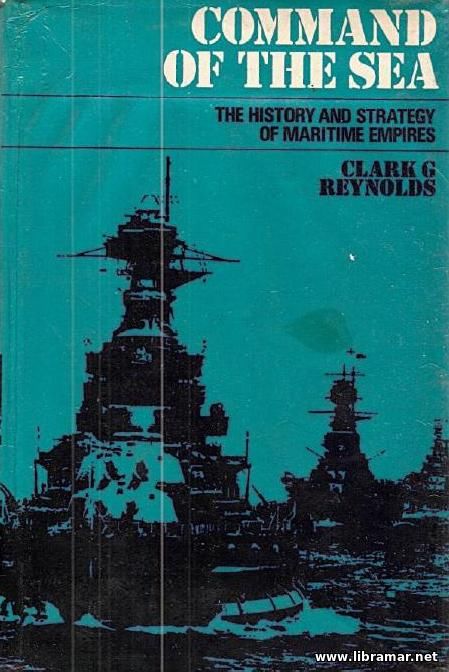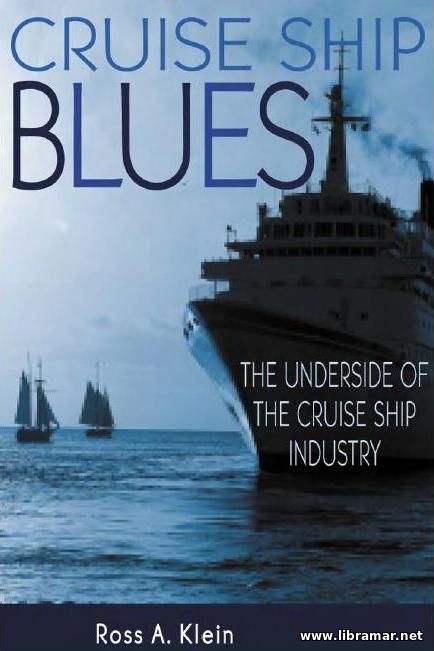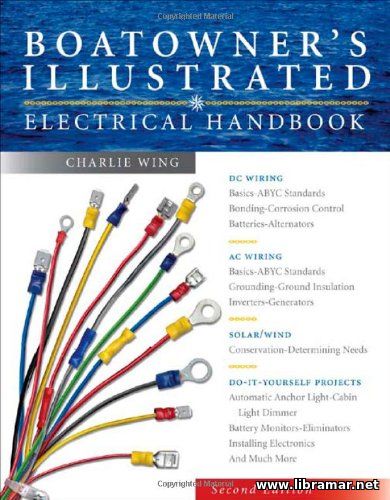Standard Ship
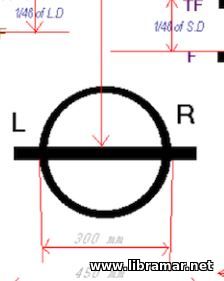
In the previous article we have touched the very basics of the shipboard load line. In order to assign a load line properly, it is necessary to compare the design to a geometric ship of the Standard form. The concept of the Standard Ship with definite geometric proportions was evolved early in the discussions for standard freeboard.
Board of Trade Standard Ship
From a historical standpoint, the 1906 Board of Trade Rules (Board of Trade, 1906) in England used a Required Reserve Buoyancy to establish desired winter freeboard for both steamers and sailing vessels. This Reserve Buoyancy referred only to the intact weathertight ship and was deemed necessary for safe seakeeping. The freeboard to be assigned was such that the percentage of the total volume of the hull above the load line was equal to that required in the table.
The required buoyancy was least for the shortest vessel, 20.4 percent at 22 m, and increased to 35.8 percent becoming maxi¬mum at a length of 183 m. The required extra buoyancy for sailing vessels was 1 percent to 2 percent higher than for steamers. However, in lieu of making a complete volumetric calculation up to the freeboard deck, the designer was permitted to use certain tables of winter freeboard provided by the Board of Trade based upon a standard length to depth ratio (L/D) of 12.
Freeboard reductions of a very small order were allowed for summer weather. On the other hand, an arbitrary addition of 50 mm in winter time for the Mid North Atlantic area was required.
In addition to the regular reserve buoyancy due to the basic freeboard amidships, the regulations also prescribed a standard sheer curve adding buoyancy at the bow and stern. This buoyancy was considered effective in promoting the seakeeping properties of ships in heavy weather.
The freeboard for a given length and depth also varied slightly according to the "coefficient of fineness" which was defined (Board of Trade, 1906) as the ratio of all under freeboard deck volume to the product of L x R x D.
ICLL 1930 Standard Ship
The Standard Ship of the 1930 Convention had:
• a L/D ratio equal to 15;
• a fineness coefficient equal to 0.68;
• a table of freeboards increasing with length of ship;
• a standard sheer; • a standard camber of the main deck;
• a minimum percentage length of superstructure;
• a required forecastle for tankers.
In the International Convention on Load Lines 1930, the coefficient of fineness was specially defined only in English units as follows:
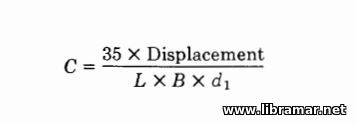
where d1 figure was the mean molded draft at 85 percent of the molded depth. Subsequently, in the ICLL, 1966 the title Coefficient of Fineness was dropped and the correction is now called the Block Coefficient correction.
ICLL 1966 Standard Ship
The Standard Ship of the 1966 Convention (ICLL, 1966) is similar to the 1930 standard ship except for the camber requirement which was dropped and the forecastle requirement which was removed in favor of a minimum bow height for all manned vessels. The fineness coefficient was redefined as the block coefficient, as previously mentioned.
Some types of ships less than 100 m in length are expected to have a weathertight superstructure on at least 36 percent of their length which will add buoyancy and form a righting moment to resist extreme rolling. These ship types with superstructures covering less than 35 percent of the length must accept added freeboard.
The "Read Later" function allows you to add material to this block with just one click. Just click on the icon and read the articles that interest you at any convenient time.
